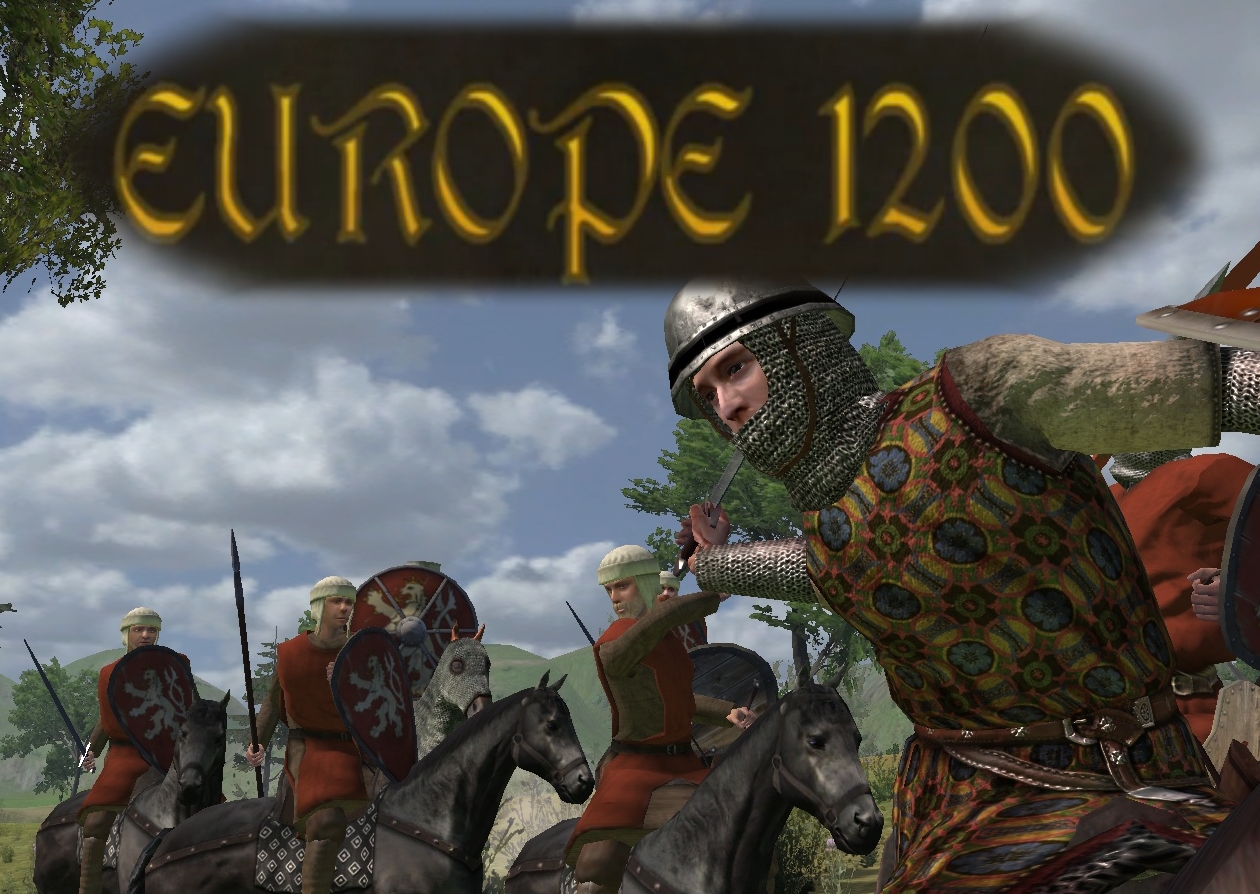

Guilds came to control the distribution and sale of food, cloth, and other staple goods and thereby achieved a monopoly over the local commerce. Gradually, merchants expanded their activities and delegated such tasks as the transportation of goods to others, while the merchants based themselves and their operations in a particular town. Such merchants tended to band together in order to protect themselves from bandits or predatory feudal lords as they made their business rounds. Until this time, merchants had been merely itinerant peddlers who executed all of their own trading transactions, personally traveling from market to market and from town to town. Guilds became possible in Europe only with the appearance and growth of towns in the 10th and 11th centuries following the chronic dislocation and agrarian backwardness of the Dark Ages. Some historians have contended that the guilds of medieval Europe derived from the collegia of the Byzantine Empire, but no direct connections have been established between these different institutions, and the origins of the medieval guilds can be found in the changing economies of western and northern Europe as they emerged from the Dark Ages.
#Guild system europe manual
The famous Book of the Prefecta manual of government probably drawn up by the Byzantine emperor Leo VI in the yearprovides a picture of an elaborate guild organization whose primary function was the imposition of rigid controls, especially for financial and tax-raising purposes, on every craft and trade in the city. The collegia did survive in the Byzantine Empirehowever, and particularly in the city of Byzantium Constantinople, now Istanbul. With the fall of the Western Roman Empire, guilds disappeared from European society for more than six centuries. The government tried to restrict the membership of the guilds to a hereditary caste of skilled artisans, but the increasing financial demands made upon the guilds by the government in the waning days of the Roman Empire had reduced most guilds to a precarious position by the 4th century ce. From the reign of the emperor Diocletian onward, the imperial government deliberately exploited these guilds in the interests of public authority and social order. They were sanctioned by the central government and were subject to the authority of the magistrates.

These craft guilds seem to have emerged in the later years of the Roman Republic. Such associations are known to have existed in ancient Romehowever, where they were called collegia. There is no direct evidence for the existence of permanent associations of traders or craftsmen in ancient Mesopotamia or Egypt, and little more evidence exists about such societies in pre-Hellenistic Greece. They established a monopoly of trade in their locality or within a particular branch of industry or commerce they set and maintained standards for the quality of goods and the integrity of trading practices in that industry they worked to maintain stable prices for their goods and commodities and they sought to control town or city governments in order to further the interests of the guild members and achieve their economic objectives. Guilds performed a variety of important functions in the local economy. There were, for instance, guilds of weavers, dyers, and fullers in the wool trade and of masons and architects in the building trade and there were guilds of painters, metalsmiths, blacksmiths, bakers, butchers, leatherworkers, soapmakers, and so on. Merchant guilds were associations of all or most of the merchants in a particular town or city these men might be local or long-distance traders, wholesale or retail sellers, and might deal in various categories of goods.Ĭraft guildson the other hand, were occupational associations that usually comprised all the artisans and craftsmen in a particular branch of industry or commerce. The medieval guilds were generally one of two types: merchant guilds or craft guilds. Guilds flourished in Europe between the 11th and 16th centuries and formed an important part of the economic and social fabric in that era.
#Guild system europe professional
Guildalso spelled gildan association of craftsmen or merchants formed for mutual aid and protection and for the furtherance of their professional interests.


 0 kommentar(er)
0 kommentar(er)
